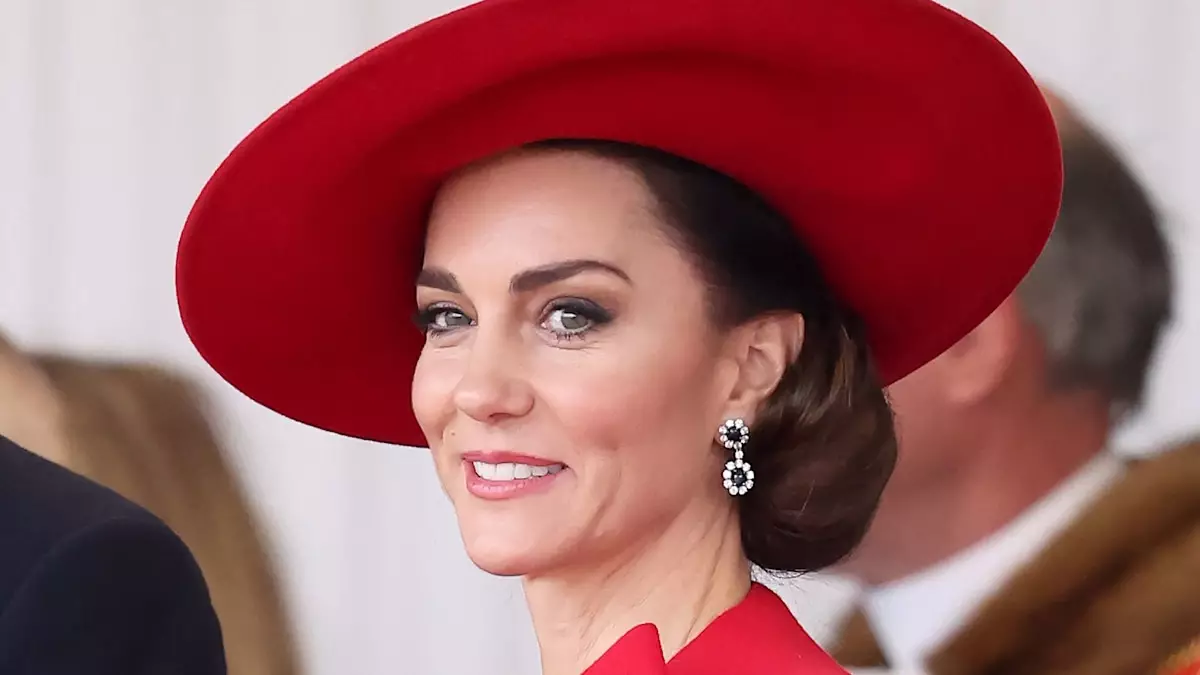In the opulent world of royalty, fashion is not merely an expression of personal style; it is an intricate dance of tradition, protocol, and public image. For members of the royal family, every piece of clothing and accessory is steeped in meaning, guiding how they are perceived on the global stage. The dress code for royal women is particularly strict, embodying an exquisite blend of decency and elegance. Attire often includes modest hemlines and discreet necklines, coupled with light-colored nail polish, but perhaps one of the most interesting aspects of royal fashion lies in the often-overlooked realm of headwear.
The choice of hats for high-profile engagements has a history that is rich with cultural significance. As described by etiquette expert Grant Harrold, who notably served as butler to Prince Charles, the expectation for royal women to adorn themselves with hats during public appearances is not merely a whimsical choice; it has roots dating back to the 1850s when societal norms placed a premium on female modesty. Within this framework, hats serve as more than an aesthetic choice; they are a badge of adherence to a long-established code that reflects both class and dignity.
Hats vs. Fascinators: The Royal Dichotomy
Certain occasions strictly dictate headwear choices. For formal events such as the Commonwealth Day Service at Westminster Abbey—a hallmark of royal duty—the presence of a hat is mandatory. This is affirmed by historical precedent, which stipulates that hats should be worn from 6 am to 6 pm, a rule also encompassing the notion that wearing a tiara signifies marital status: a clear indicator in the royal pecking order. Old-world etiquette still manages to inform the modern appearance of royal ladies, dictating their sartorial choices in public space.
Interestingly, while fascinators, those quaint and intricate bits of headwear often seen at other events, can add flair and personality, they are typically shunned by royal women during formal ceremonies. As Harrold points out, this unspoken aversion showcases a commitment to traditional values over current trends. It highlights how, despite societal shifts towards more relaxed norms in the fashion world, the royal family’s unwavering devotion to long-standing customs speaks volumes about their respect for history and heritage.
Color Symbolism: The Power of Red
While the intricacies of headwear are fascinating, the symbolic importance of color in royal fashion warrants exploration as well. Princess Kate, in particular, has gained attention not just for her impeccable style but for the calculated use of color in her wardrobe. Her choice to frequently don red during key engagements exemplifies a powerful narrative woven into royal tradition. Fashion commentator Marina Thomas notes that red is historically associated with courage and strength, a fitting tribute that reflects the resilience and determination of royal duties.
The narrative associated with red transcends superficiality, pushing the boundaries of how a simple choice in color can significantly influence public perception. The historical context linking red to ancient warriors imparts a sense of gravitas to Kate’s choices. Moreover, this deliberate choice can serve as a beacon of confidence, signalling to both her peers and the public that she is fully engaged in her royal responsibilities and prepared to embrace the spotlight.
The Modern Evolution of Royal Fashion
The delicate balance between tradition and modernity plays a crucial role in the evolution of royal fashion. While adherence to historic codes remains paramount, there is an undeniable shift happening within royal dress, particularly amongst younger royals. The refreshing approach taken by Princess Kate and Zara Tindall illustrates how the younger generation is slowly redefining royalty to be more relatable while still respecting the roots from which it springs.
In events often punctuated by longstanding propriety, the infusion of personal style—whether it’s through bolder colors or innovative hat designs—allows these royal women to carve out their identities. Each public appearance is a strategic unveiling of not just fashion choices but of who they are as modern icons in a world that demands both tradition and progression.
Royal fashion is not merely about looking good; it’s about embodying the spirit of an institution that oscillates between being a beacon of history and a mirror reflecting contemporary society. As royal women navigate this complex terrain, it is their innate ability to combine the elegance of the past with the freshness of the present that ensures they continue to captivate and inspire the public imagination.

